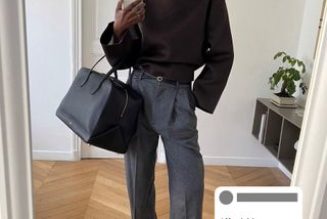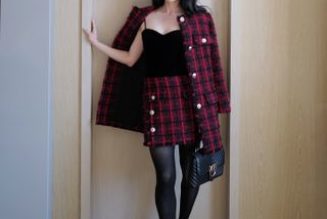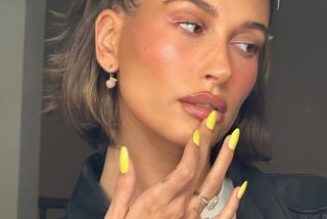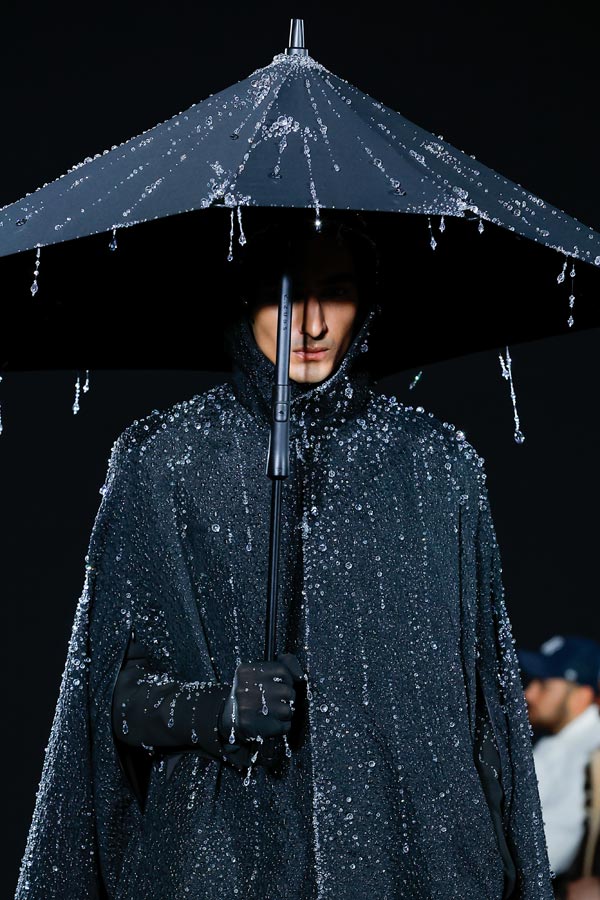
It’s amusing to read the comments on Gucci’s Instagram posts of new creative director Sabato de Sarno’s debut collection. People seem to fall into two camps: on one side are those who welcome the “return to elegance” with a comment going as far as calling the previous iteration of Gucci “a bad taste freak show”, while the other compares the current collection to that of a fast fashion brand and proclaims it “boring”.
It’s expected, of course. You can’t please everyone. Out of curiosity, I tried searching for Gucci’s posts of former creative director Alessandro Michele’s first collection, but all traces of the old Gucci appear to have been scrubbed from the feed. Anyway, I’m just certain that the reactions back then were just as divided.
It’s funny because, as someone in the industry, I find that we’re quite detached from real-life consumer sentiments. Personally, I loved Michele’s maximalist Gucci. I found it creative, vibrant and presented a luxury fashion aesthetic that was different from its competitors. And evidently, it was an aesthetic that worked for a significant period until consumer fatigue set in—something that I truly didn’t experience.
But I get it. Consumer trends tend to be predictable and are linked to a number of socio-economic factors. There’s no denying that after a period of maximalist fashion, consumers are understandably tired of all the ostentatious more-is-more aesthetic, especially given that their personal economic situations may not be reflective of that aesthetic and thus, completely not relatable.
However, I wouldn’t go as far as to say that we’re living in an era of “quiet luxury”. Because the reality is (and this may sound elitist), if you’re adopting a quiet luxury aesthetic with anything other than brands like Loro Piana, Brunello Cucinelli and The Row, you’re not actually doing it right, I’m sorry to say. Anything else is minimalism; quiet luxury refers to more than mere simple, elevated cuts.
Change is constant and where fashion is concerned, it’s almost destined to move on to something on the other end of the spectrum once a trend cycle reaches the end. Although it is quite an oxymoron to say that maximalist fashion started getting stale, the complete opposite is a breath of fresh air from the visual assault of logos, prints, embellishments and the like.
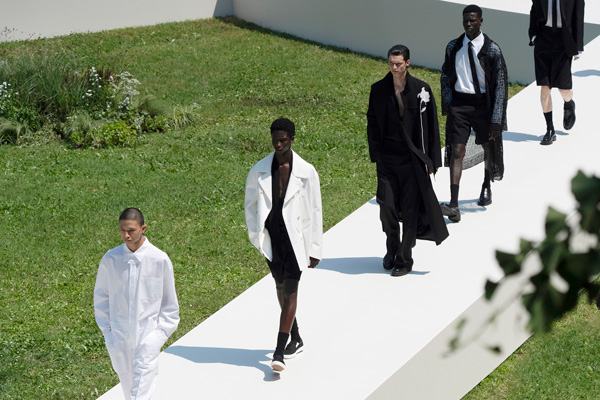
What we are currently experiencing can be compared to the rise of minimalist fashion circa 2009, when brands like Céline (the old, Phoebe Philo-led one), Calvin Klein and Jil Sander were constant points of references for impeccable style. They were stunningly clean, cut-focused and had little need for unnecessary flourishes, but ultimately suffered the fate of being rather easy to replicate using more affordable alternatives, without looking like a poorer version of the original. Now, attempt that with maximalist fashion and one runs the risk of looking downright tacky.
Of course, that’s not to say that there’s no space for maximalist fashion now—that would quickly erase the existence of quite a number of fashion brands across different categories. Brands whose DNA is maximalist would naturally tone down the visual language slightly or offer pieces that are more in line with current consumer tastes in order to not be alienated. But at the same time, not neglecting their individual identity.
We are already seeing the beginnings of neo-maximalism on the Spring/Summer 2024 runways.
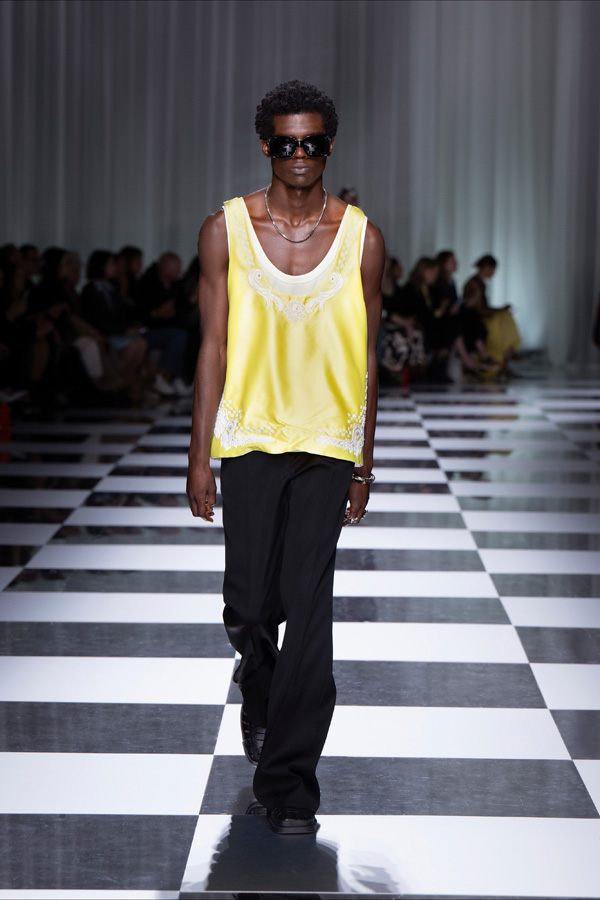
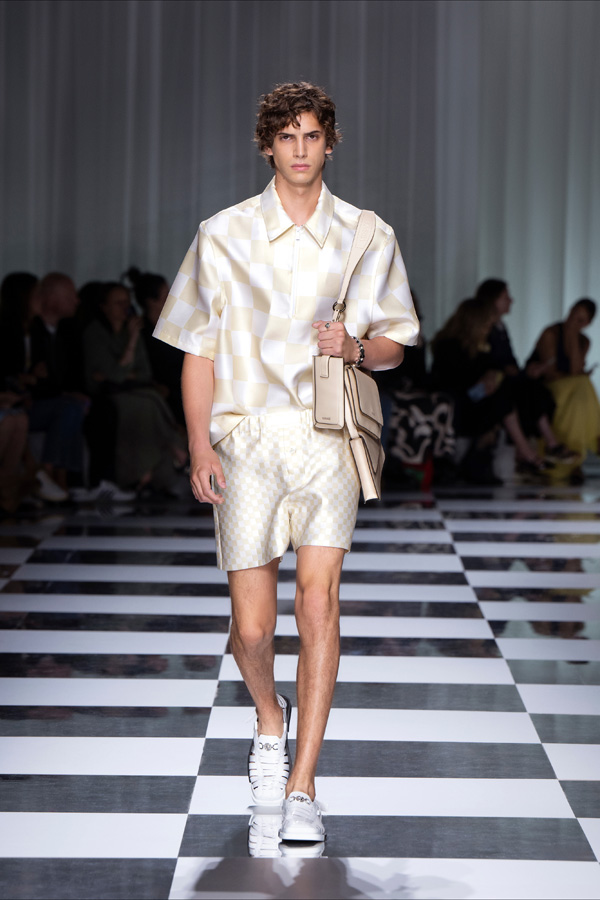
Italian fashion house Versace is unequivocally maximalist through and through. From gilded trims to its signature Barocco print, Versace’s oeuvre consists of a brilliantly excessive decadence that it has been famous for for decades. But for its Spring/Summer 2024 runway show, artistic director Donatella Versace showcased a collection that was a refreshing surprise. Clean lines took precedence over exaggerated silhouettes, and a more curated colour palette was favoured over brash combinations of bold colours. And yet, the Versace-ness remained as prints were rendered in monochromatic treatments that seemed to merge with their pastel base, and Barocco trims (albeit toned down) were done in white so as not to draw too much focus from the cut and make of the garments.
Similarly at Dolce&Gabbana: nary a single logo was seen anywhere throughout the 76-strong Spring/Summer 2024 menswear looks. It was a gradation of colours from black to taupe and then back to black with each look completely monochromatic from head to toe. True to the brand’s DNA, embellishments were still present in a number of looks, but done with restraint. Instead of combining multiple types of embellishments together, there was a more concerted effort to focus on a single type and done in one single hue—often in the same colour family as the rest of the outfit.
Now that that is sorted out, is maximalism done for now? Well, not quite. Homogeneity isn’t aninherently human trait. Think about it, the rise and existence of subcultures such as punks, mods and grunge, were all a result of wanting to break away from the mainstream. Even with minimalism gaining traction, there will still be individuals and fashion brands that choose to stick to their individual maximalist styles.
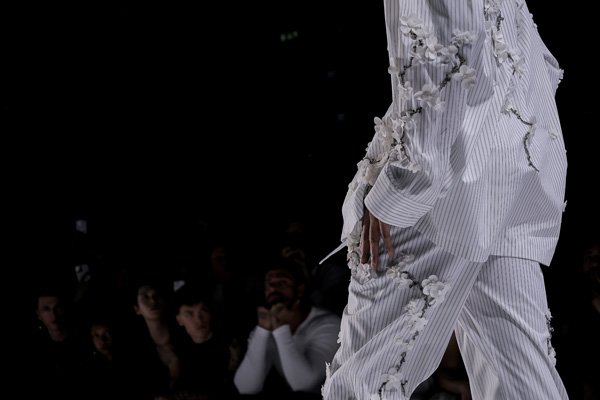
The thing about maximalism is that it’s often thought of as being more creative and more interesting as compared to minimalism. That’s not to say that minimalism is, inevitably, boring—it takes superior technical craft and skill to create something cuttingly simple. There is just a lot more to see on the surface with maximalist fashion. It’s something that we can never truly get tired of. We may require some respite after a while but we’ll always come back to awe-inspiring expressions of creativity from the very first glance.
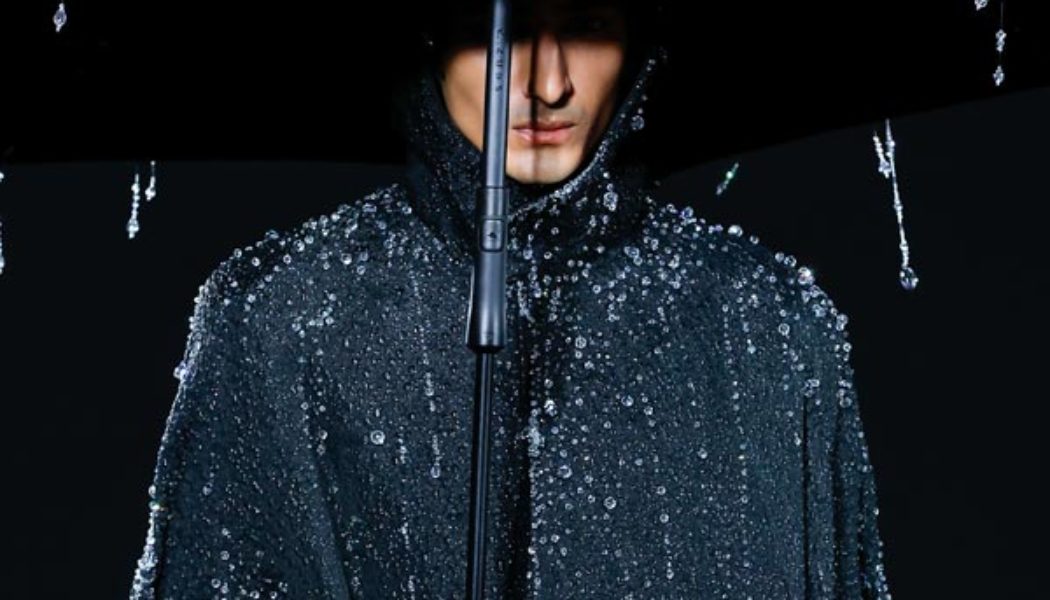

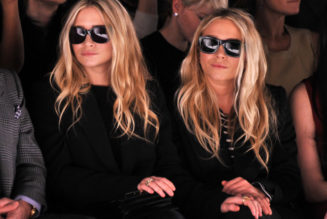
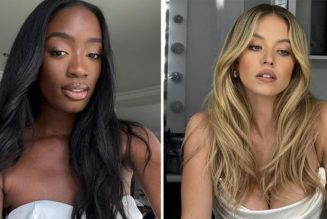
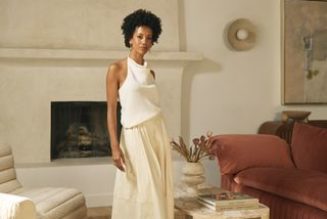
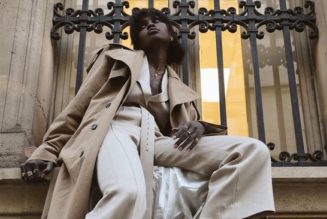
![[New Study] 2023 Luxury Fashion Market Strategic Planning and Projection - The Knox Student](https://www.wazupnaija.com/wp-content/uploads/2023/08/new-study-2023-luxury-fashion-market-strategic-planning-and-projection-the-knox-student-327x219.webp)
